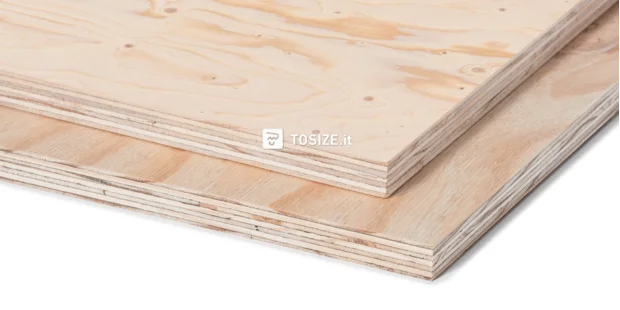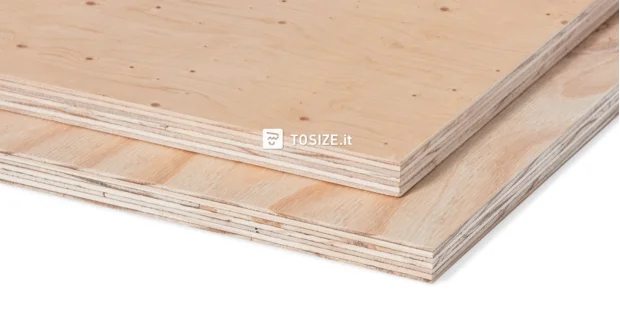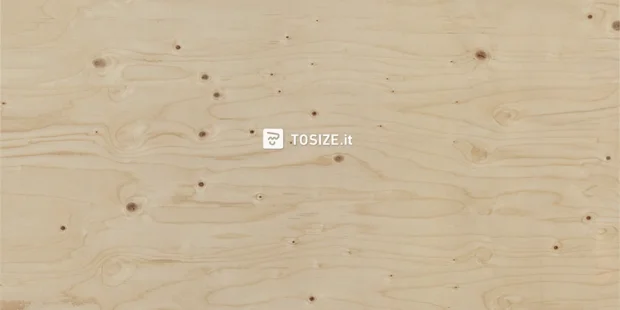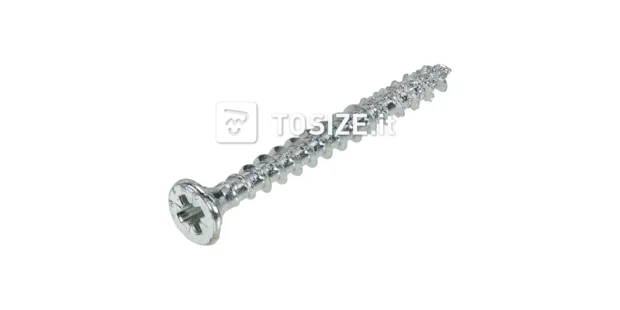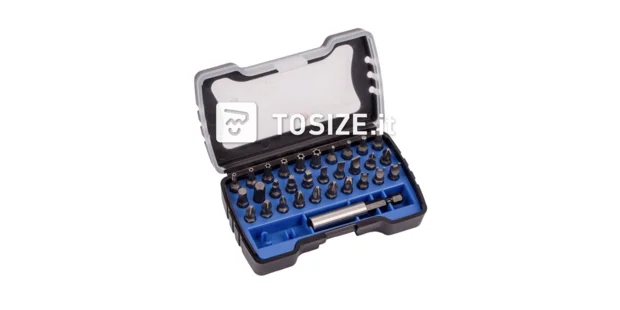- TOSIZE.it
- Wood and sheet material
- Underlayment
Underlayment Radiata Pine CP/C
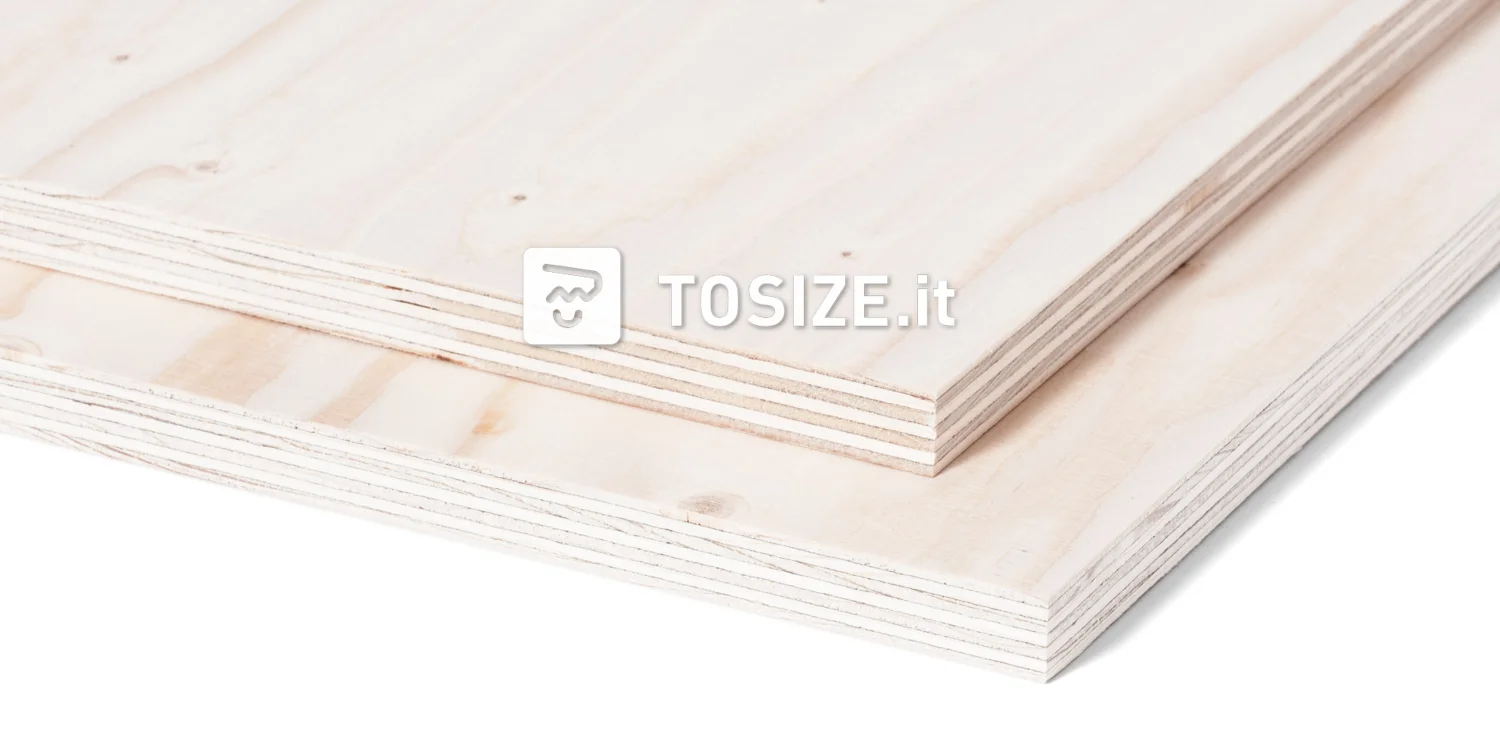
Product information
- Gemakkelijk te bewerken en te monteren
- Geschikt voor gebruik in vochtige ruimtes
- Dragende functie
- Sterk plaatmateriaal
- Door de grove structuur kans op splinteren
- Niet geschikt voor decoratieve toepassingen
Description
Underlayment is a structural board that is primarily used as a subfloor. That is also where it gets its name. But in the meantime, the board is used for many more applications. Think, for example, of walls and roofs. This underlayment variant (CP/C) was developed for constructive purposes.
Best alternatives for this product:
How convenient is that
Product information
- Gemakkelijk te bewerken en te monteren
- Geschikt voor gebruik in vochtige ruimtes
- Dragende functie
- Sterk plaatmateriaal
- Door de grove structuur kans op splinteren
- Niet geschikt voor decoratieve toepassingen
Description
Underlayment is a structural board that is primarily used as a subfloor. That is also where it gets its name. But in the meantime, the board is used for many more applications. Think, for example, of walls and roofs. This underlayment variant (CP/C) was developed for constructive purposes.
Product properties
Applications
- Bekistingen
- Wanden
- Vloeren
- Constructies
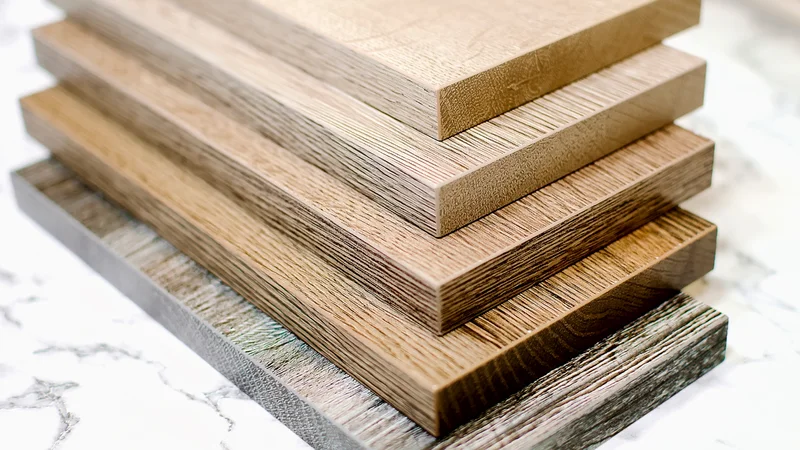
Underlayment Radiata pine panels ordered online
Underlayment Radiata pine is a construction board that is primarily used as a subfloor. This is how it got its name. But because the plate is so strong, it is also often used for walls and roofs. Underlayment has moisture-resistant properties, making it more resistant to moisture than birch plywood.
Order your sawn-to-size Radiata pine panels easily online. Underlayment can be sawn or milled into various shapes. The most popular shape is a rectangle, but we also cut circles, ovals, hexagons or even parallelograms to size. Do you want your do-it-yourself project neatly finished? Then choose one of the available (edge) finishes.
Underlayment Radiata Pine: What is it?
Underlayment Radiata pine is a plywood made from pine wood. Underlayment has a number of unique properties compared to other panel materials. This plate material is very strong, resilient and can carry a lot of weight. The slight markings of the softwood give it a natural look. Our underlayment sheets are only suitable for horizontal applications, such as table tops, window sills, etc. These boards are not suitable for vertical projects such as doors and room dividers.
Like other types of plywood, Radiata pine underlayment consists of several layers of wood veneer. These layers are glued together crosswise, which makes the panel very strong. This results in a stable board. The ends are attractive due to the layers and are often kept in sight.
The direction of the wood grain
With underlayment, a wood grain is visible. The drawing of the wood grain always runs lengthwise. When sawing the board, we maintain that the length measure is also the length direction of the wood grain. So pay attention when filling in the dimensions, so that the wood grain runs in the right direction!
Visibility quality underlayment CP/C
The quality of the top layers of plywood is indicated by letter combinations. There is a letter indication for the visible side (top side) and one for the reverse side (bottom side). This refers to the quality of the cover veneer; the quality of the gluing, for example, is indicated differently. B/BB is an example of a common quality, which can be used for decorative applications. The first letter (in this case B) indicates the quality of the visible side and the second letter (in this case BB) indicates the quality of the reverse side. Read here more about all visible qualities.
This board material also has two visible sides. These are designated CP/C. The top side has CP appearance quality. CP quality indicates that more defects in the veneer are allowed. These veneers are generally not suitable for decorative purposes. They are often filled with a filler rather than stuffed. Cracks are allowed and small knots are also allowed. The underside is even coarser; this has a visual quality of C. C-grade veneers are not suitable for decorative applications because of the permissible defects that are not repaired. Constructively, this is still a good panel and it is therefore often used as constructional board or packaging material.
Available thicknesses of Radiata pine underlayment
Radiata pine underlayment can be ordered in different thicknesses. You can easily specify your desired thickness during the ordering process. That way, you can be sure that the panel material meets your requirements: both the format and the thickness of the material. The following thicknesses are available: .
Machining of underlayment Radiata pine boards
Whitewood is easy to work with. Please note, however, that this board material discolours over time. Use an oil, varnish or stain to counteract discolouration. Lightly sand the material before varnishing. The ends may contain splinters, so give them extra attention. Finally, you can treat the ends with an edge sealer, because they are very rough. It is also important to pre-drill the sheet material. The sheet material can split.
Specific applications of Radiata pine underlayment
Underlayment Radiata pine is a structural board with a low visual quality. This means that we do not recommend using this board material for visible work. It is, however, extremely suitable for floor covering, construction work or other projects where the material must be strong, but not visible. Use the material indoors only, to ensure long-term enjoyment of the board material.
Alternatives to Radiata pine underlayment
Isn't Radiata pine underlayment the right wood for your job? Then go for example for OSB or MDF, or go for underlayment Finnish spruce:
Recommended combinations

